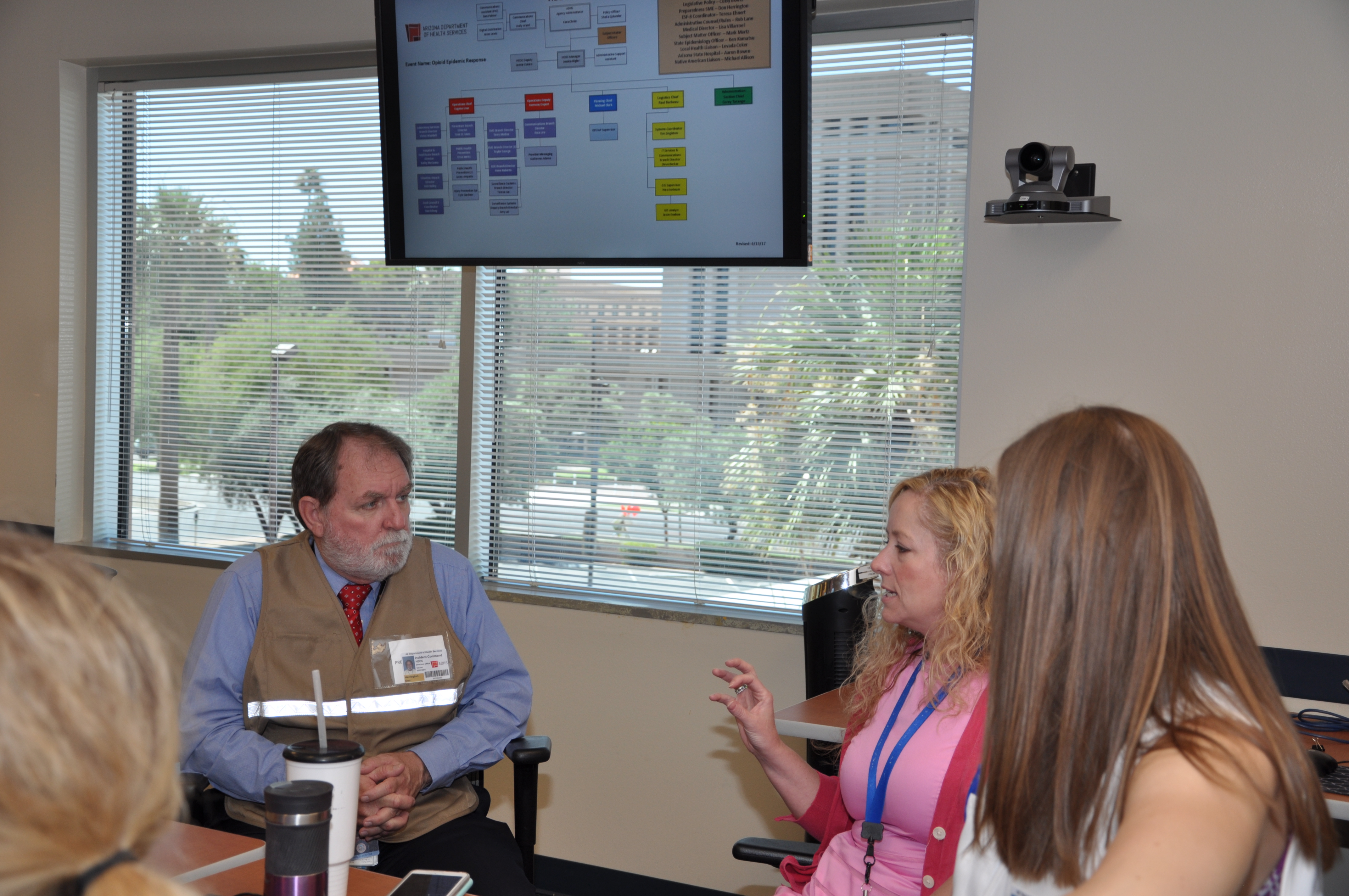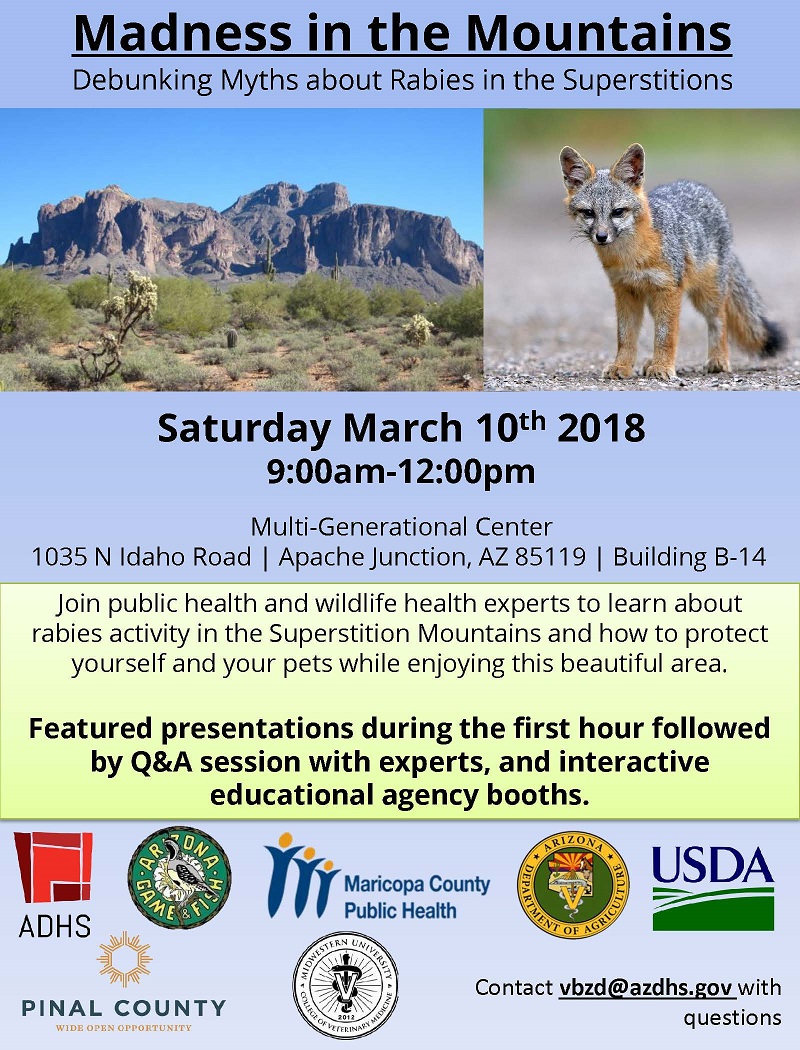 Our team has logged another week in the Health Emergency Operations Center (HEOC) hard at work addressing Governor Ducey’s calls to action to address Arizona’s opioid epidemic. Just like last week, this week has been a busy one.
Our team has logged another week in the Health Emergency Operations Center (HEOC) hard at work addressing Governor Ducey’s calls to action to address Arizona’s opioid epidemic. Just like last week, this week has been a busy one.
This week, Governor Ducey issued an executive order to increase timely reporting of opioid-related data. This order will allow public health to gather data within 24 hours, rather than the 6-18 months that it typically takes for ADHS to receive data. Under the executive order, healthcare providers, healthcare facilities, EMS and ambulance agencies, law enforcement agencies, medical examiners, and pharmacists are required to report things like suspected opioid overdoses, suspected opioid deaths, neonatal abstinence syndrome, and naloxone doses dispensed and administered.
This data will help ADHS and our partners put together a clearer picture about the opioid epidemic in Arizona and better target prevention efforts. Our teams in the Health Emergency Operations Center have rapidly deployed electronic surveillance systems to capture this data and developed training modules to assist entities who are unfamiliar with utilizing these systems. Our opioid website will soon feature summaries of the data collected.
On Wednesday, we launched our updated opioid website – www.azhealth.gov/opioid. This site showcases information about the opioid epidemic in Arizona and associated resources, including common names of opioids, standing orders for naloxone dispensing, information for those required to report data, and resources for law enforcement and EMS and for clinicians. As our response evolves, the site will continue to be updated with new resources and information.
Our teams have been scouring references and reaching out to other states to undertake a comprehensive 50-state review of other opioid activities across the nation. Stage one of this review has been completed and provides a nationwide assessment of opioid-related laws and regulations and of the existence of opioid task forces and their planned interventions. As we expand this 50-state review, we’ll be able to identify best practices and novel ideas used in other parts of the country to generate new ideas for tackling this epidemic in Arizona.
This week has been a busy one, but a significant amount of work has been accomplished by the team. Next week, we’ll be back at it. We expect to begin analysis of the new data reported under the executive order so we can provide more information about the opioid epidemic to our partners and the public. On Monday in Flagstaff, we will kick off our naloxone training for law enforcement agencies followed up by a second training in Tucson on Friday. Please visit azhealth.gov/opioid to learn more, and let us know if you’d like to get involved.











